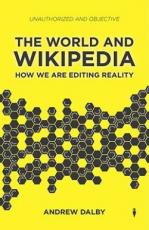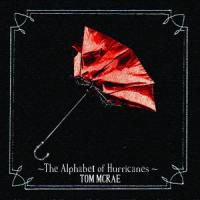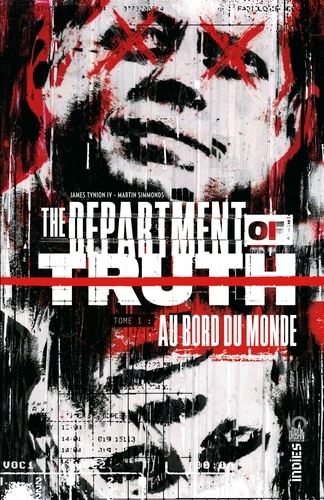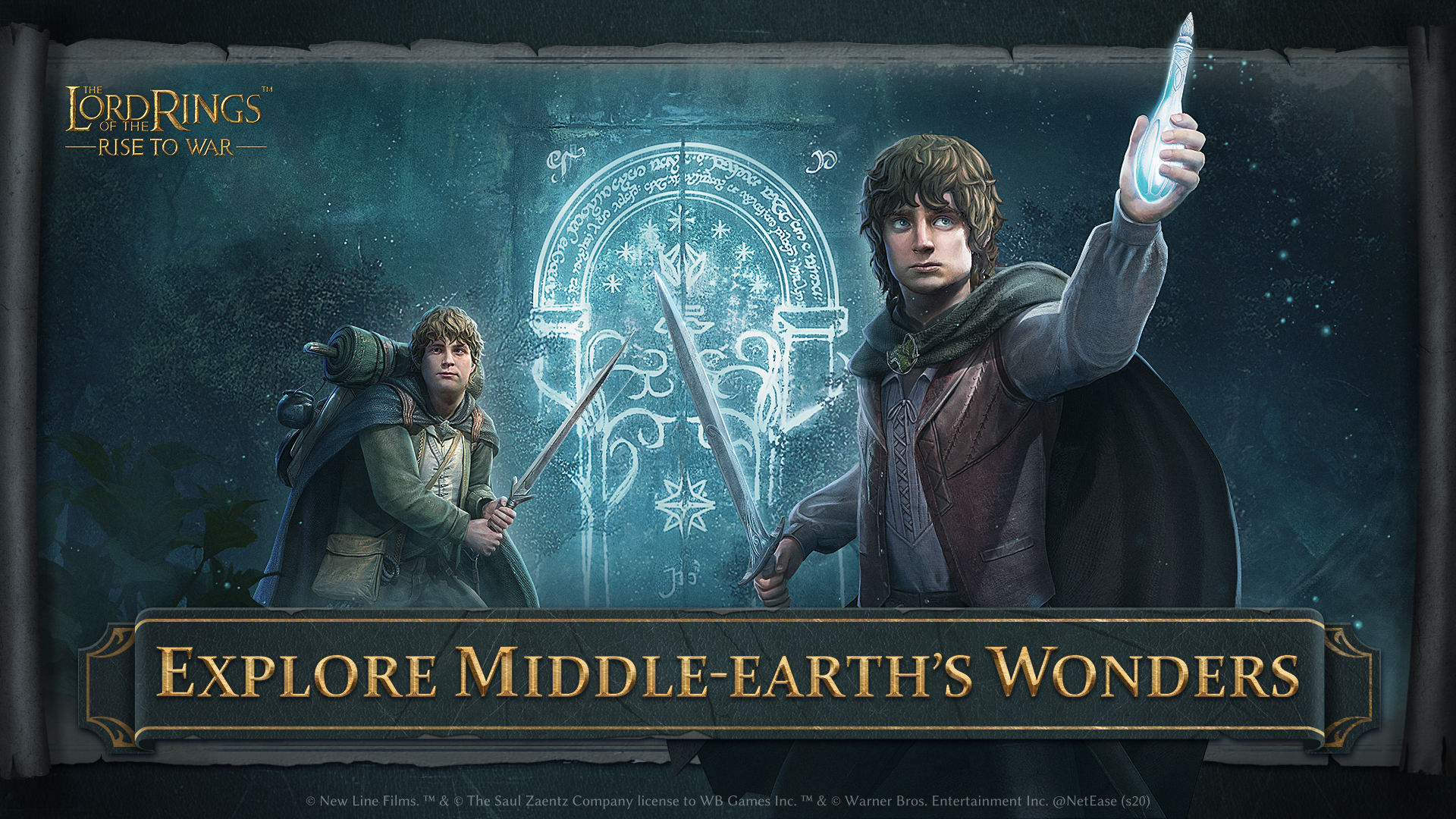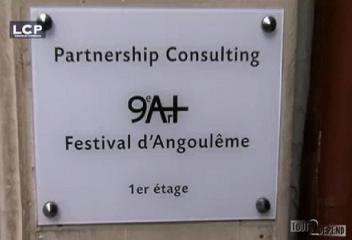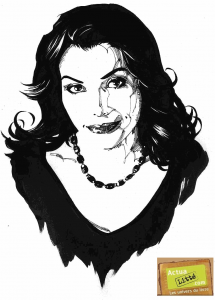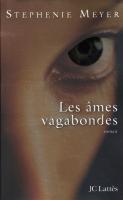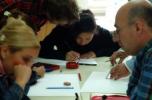LES TIQUES DU MONDE. Nomenclature, stades décrits, hôtes, répartition : THE TICKS OF THE WORLD. Nomenclature, described stages, hosts, distribution
Rédacteurs
Dossiers
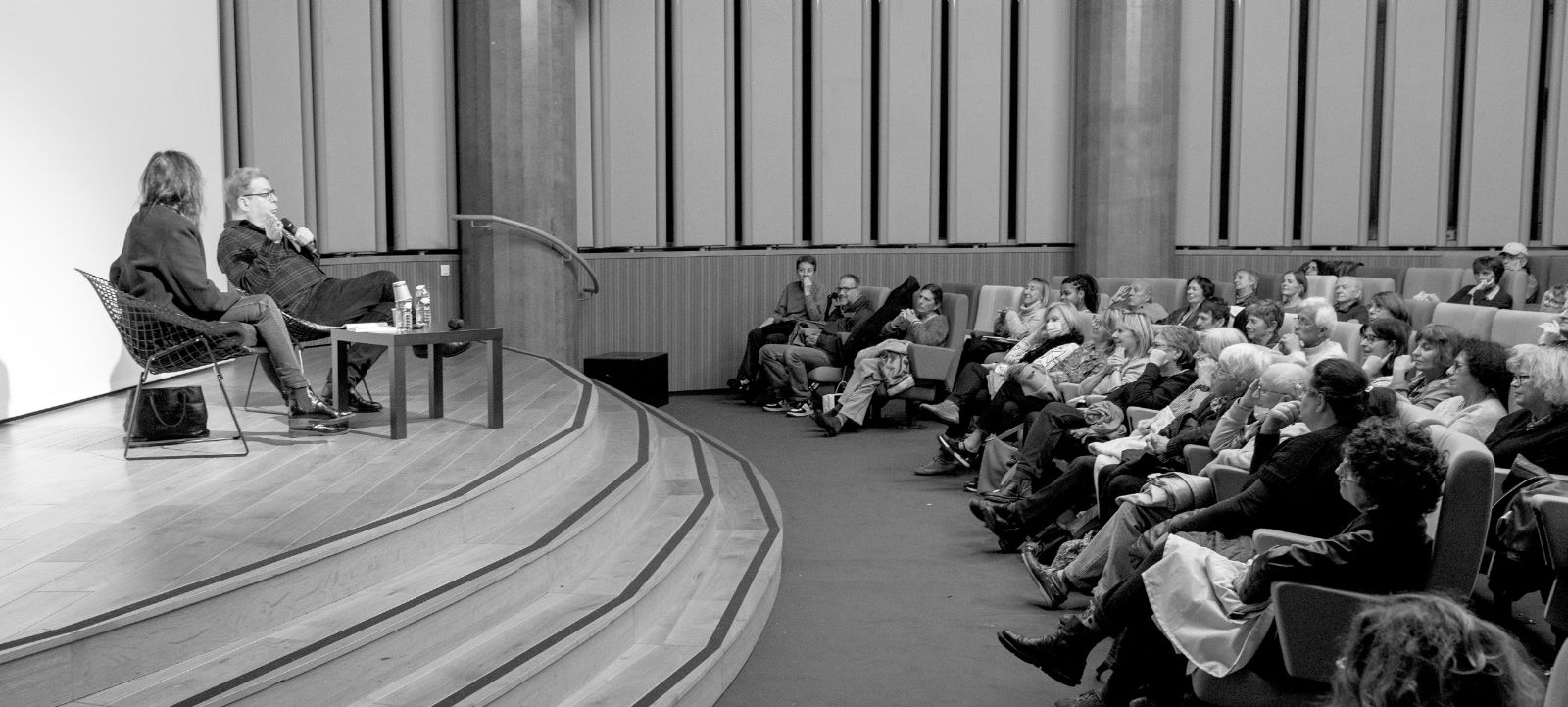
Lettres du Monde : promouvoir les littératures et les cultures du monde
A l'approche de son vingtième anniversaire, Lettres du Monde poursuit sa mission de rayonnement culturel en Nouvelle-Aquitaine en invitant des auteurs et autrices du monde entier à rencontrer des lecteurs, lectrices et futurs passionnés de littérature.

Foire du Livre de Francfort 2019 : la Norvège à l'honneur
La Foire du Livre de Francfort 2019, 71e édition, se déroulera du 16 au 20 octobre. L'un des plus importants salons du monde du livre européen fera cette fois une place d'honneur à la Norvège. « The dream we carry », ou le « Le rêve que nous faisons », titre du programme mis en œuvre par le pays, promet beaucoup, et notamment des focus sur la liberté d'expression et sur les auteurs et livres féministes.

Courir ou mourir : Le Labyrinthe, la saga de James Dashner
Depuis la publication du premier livre en 2009, la saga Le Labyrinthe (titre original : The Maze Runner), écrite par James Dashner, a marqué une génération d'adolescents et jeunes adultes par son intrigue captivante, ses personnages attachants et sa représentation métaphorique des défis de l'adolescence. Cette saga dystopique a séduit des millions de lecteurs à travers le monde et a inspiré une série de films à succès.

Livres, actualités : tout sur Andrée Chedid
Née le 20 mars 1920 au Caire, en Égypte, sous le nom Andrée Saab, Andrée Chedid y mène ses études, apprenant le français et l'anglais, et utilisant de manière ponctuelle l'arabe. Avec son mari Louis Selim Chedid, qu'elle épouse en 1942, elle part au Liban l'année suivante, où elle publie son premier recueil poétique, On the Trails of My Fancy, sous le pseudonyme A. Lake.

Les sociétés matriarcales : les cultures autochtones dans le monde
Dans cet ouvrage pionnier, fondateur des recherches matriarcales modernes, Heide Goettner-Abendroth définit pour la première fois clairement et scientifiquement le concept de matriarcat, jusque-là décrié et opaque, qui lui permet de revisiter l’histoire culturelle de l’humanité.

Les 5 Terres : une saga médiévale où règnent les animaux
Cinq continents abritent les peuples qui occupent Les 5 Terres : autant d’espèces dont les luttes de pouvoir ont forgé les relations. Félins, reptiles, herbivores, primates ainsi qu’ours et loups, qui se partagent un territoire, chacun a affiné avec le temps des savoir-faire. Leurs terres, reflets de leurs coutumes autant que de leur passé, font cohabiter les êtres… mais n’enfouissent pas les rivalités.
Extraits

Sciences de la terre et de la
LES TIQUES DU MONDE. Nomenclature, stades décrits, hôtes, répartition : THE TICKS OF THE WORLD. Nomenclature, described stages, hosts, distribution
06/1998
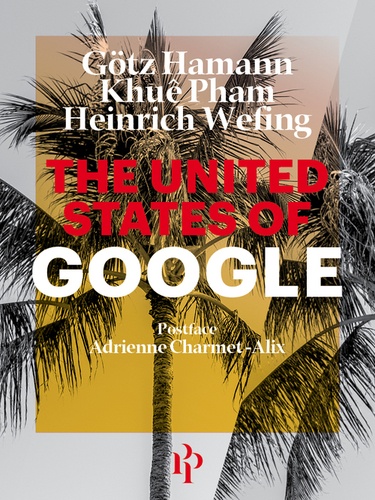
Economie
The United States of Google
03/2015

Mathématiques
Knowing and teaching elementary mathematics. Teachers' understanding of fundamental mathematics in China and the United States
01/1999

Non classé
Ruling Class Men
02/2007

Sciences de la terre et de la
Cuckoos, Cowbirds and Other Cheats
04/2000
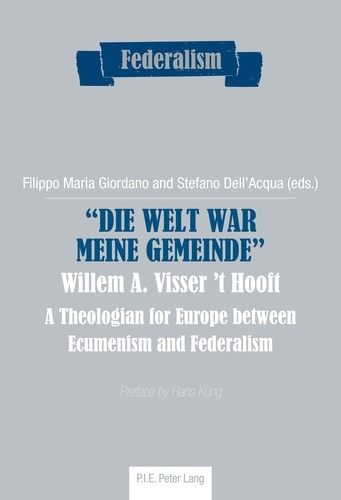
Histoire de France
«Die Welt war meine Gemeinde»- Willem A. Visser ’t Hooft. A Theologian for Europe between Ecumenism and Federalism
12/1985








